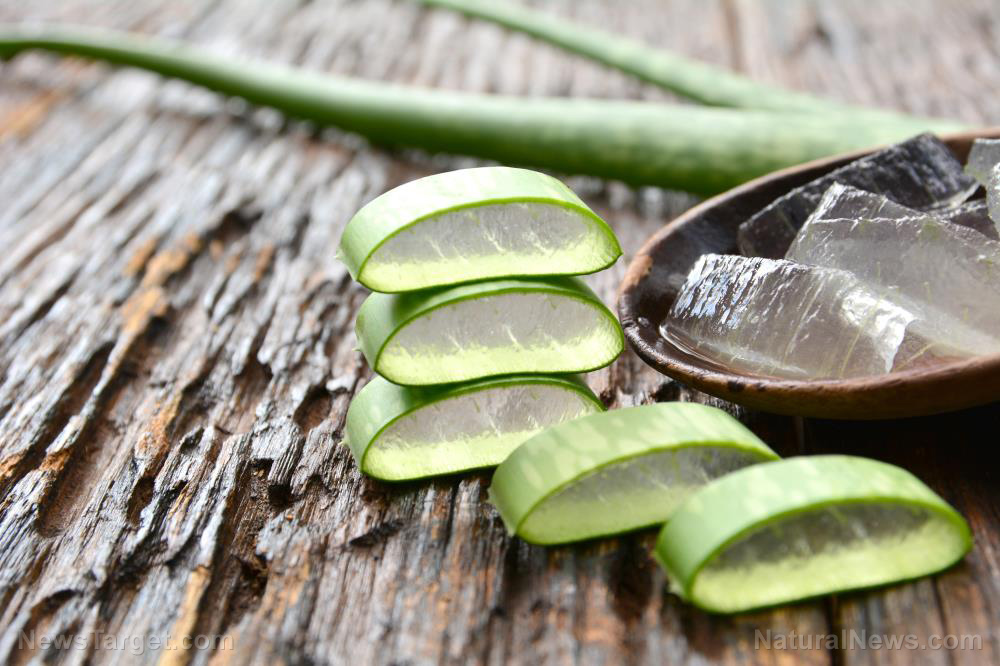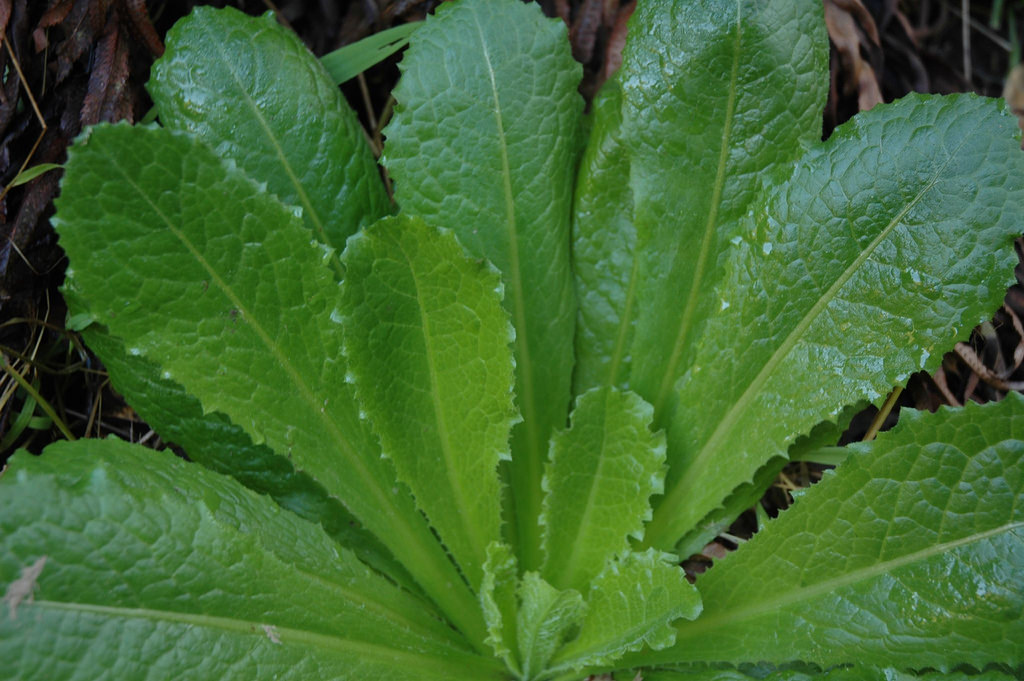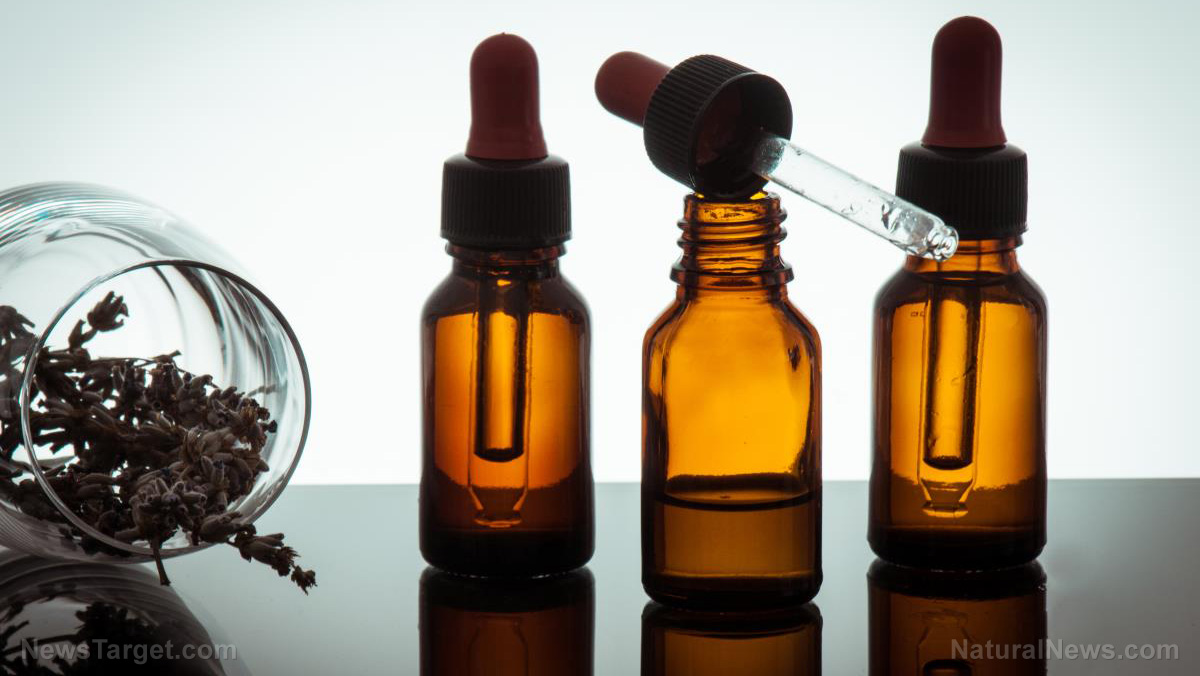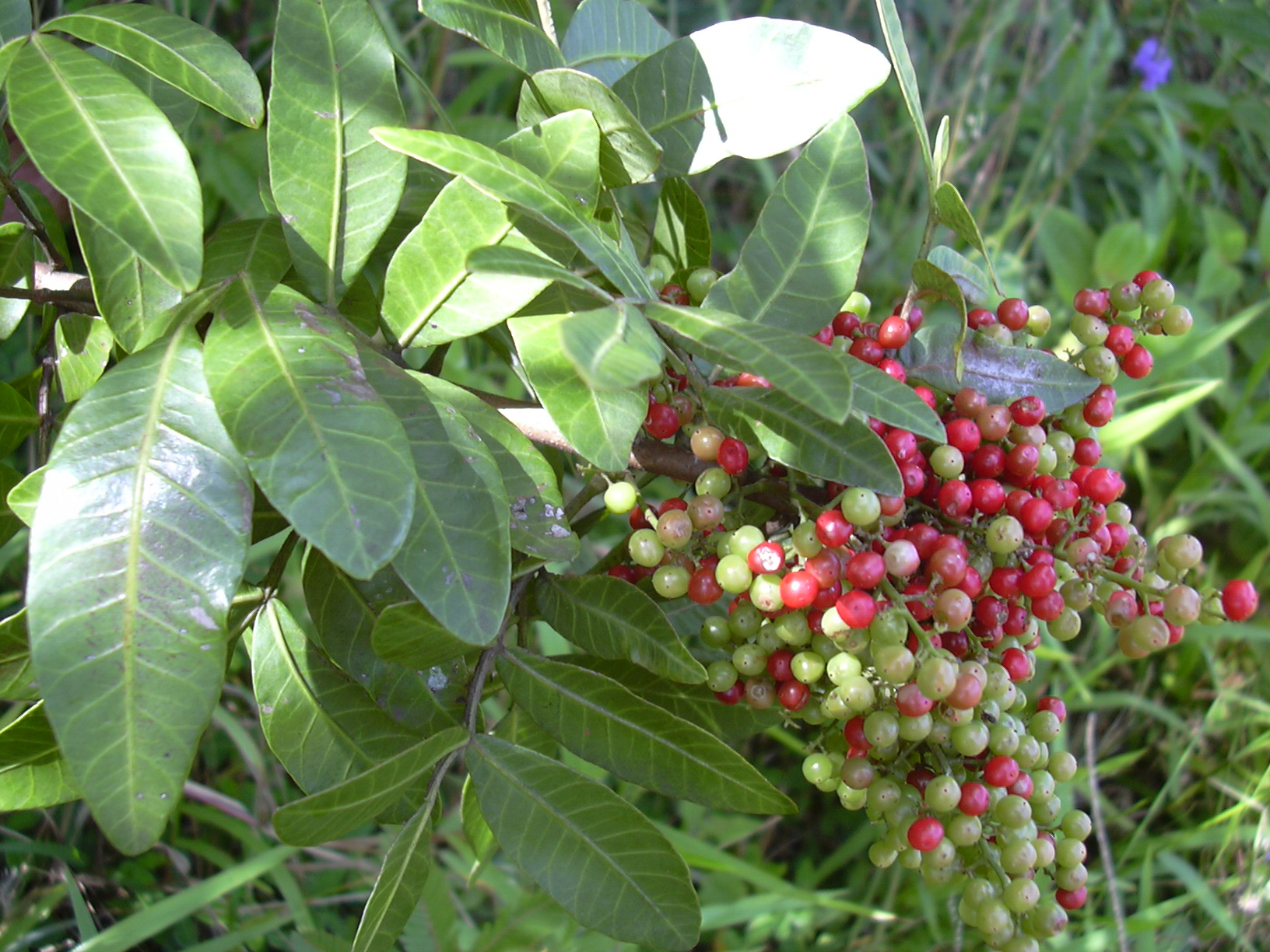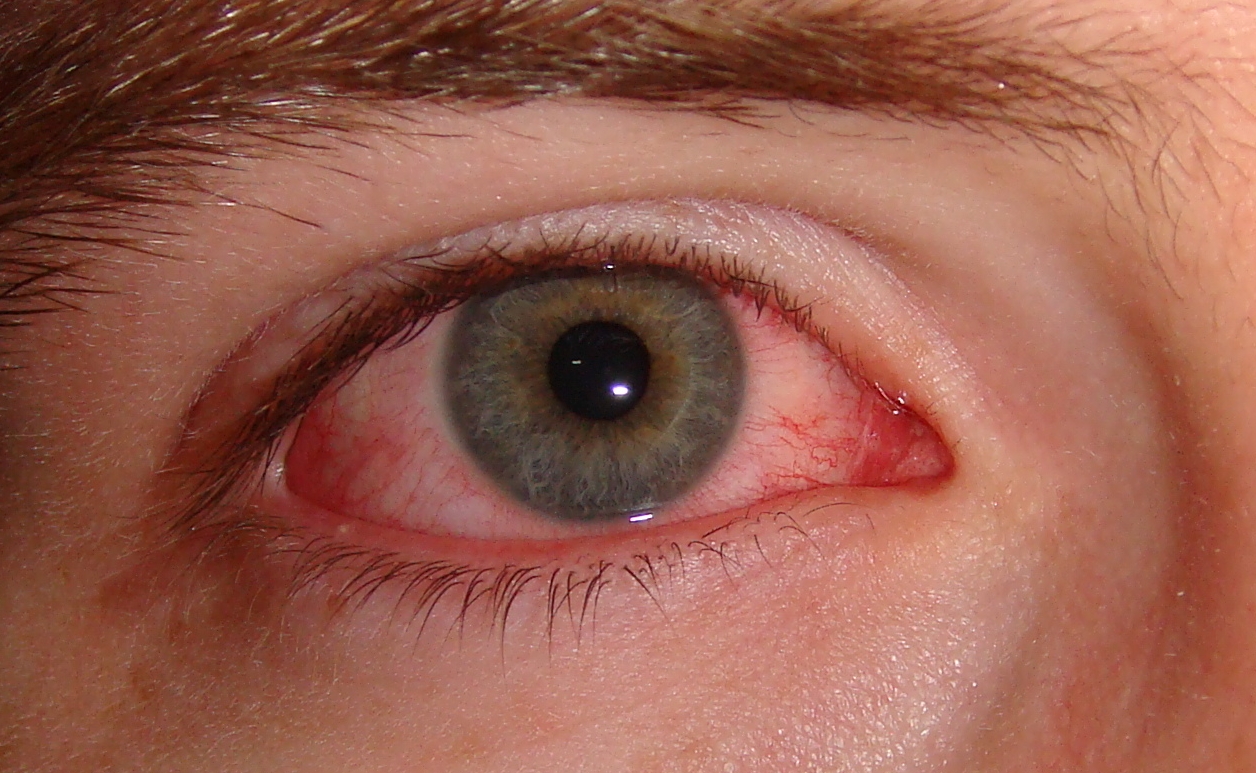Essential oils found to demonstrate potent antibacterial effects comparable to modern antibiotics
04/11/2019 / By Ralph Flores
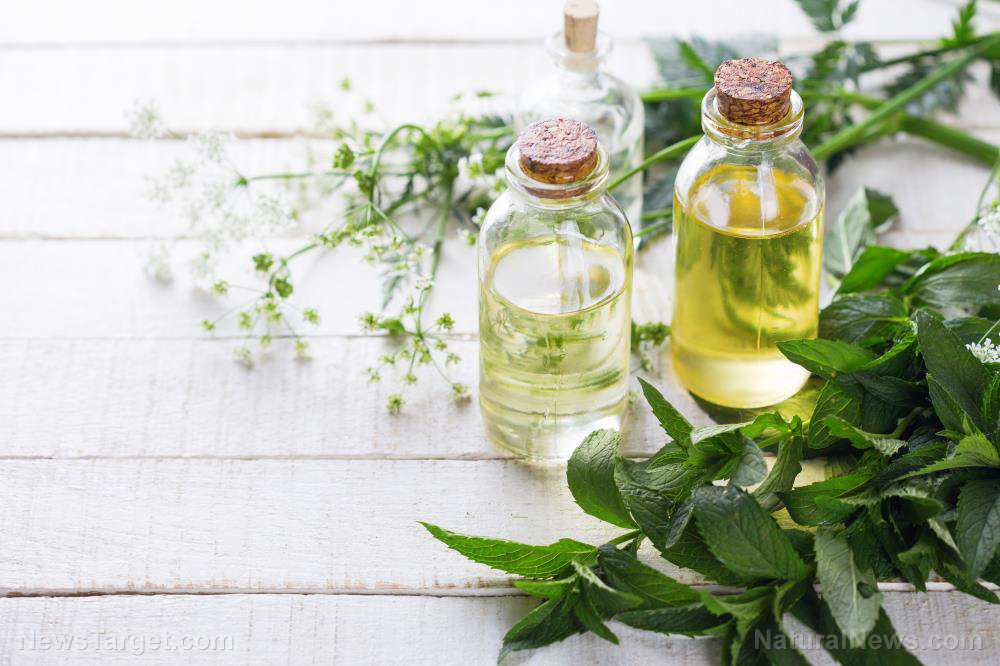
Researchers from Kotebe Metropolitan University in Ethiopia found that certain combinations of essential oils exhibited antibacterial effects similar to modern antibiotics. These results were published in the journal BMC Complementary and Alternative Medicine.
- The team investigated the antibacterial effects of the following essential oils (EO):
- Blepharis cuspidata
- Boswellia ogadensis
- Thymus schimper
- The efficacy of the oils was tested against multidrug resistance Escherichia coli, Klebsiella pneumoniae, and Methicillin-resistant Staphylococcus aureus.
- For the study, the oils were extracted from the aerial parts of the plants through steam distillation and stored in brown bottles at 4 C.
- These were placed in discs that had either E. coli, K. pneumoniae, and MRSA for 18 to 24 hours. The researchers then assessed the minimum inhibitory concentration and minimum bactericidal concentration using micro-dilution, and interaction between EOs was measured using the fractional inhibitory concentration complex.
- The researchers found that the antibacterial potential of the essential oils was affected by (1) the doses; (2) the types of EOs used; and (3) the bacterial species used.
- Results revealed that the combined EOs of B. cuspidata and T. schimperi had an inhibition zone of 39 mm and an MIC and MBC value of 0.39 microliters per milliliter (mcL/mL) of MRSA.
- Against E. coli and K. pneumoniae, the combined EOs had an inhibition zone between 28 to 35 mm, and MIC value ranging from 0.39 to 6.25 mcL/mL and an MBC ranging from 0.78 to 12.5 mcL/mL.
- The combined EOs of B. cuspidata and B. ogadensis, meanwhile, had an MIC value between 0.78 to 6.25 mcL/mL for E. coli and K. pneumoniae, and 1.56 mcL/mL for MRSA.
- Among the EOs that were tested, researchers found that the combined oil of B. cuspidata and T. schimeperi had a strong synergistic effect.
- In addition, they noted that gram-positive bacteria were more susceptible to the effects of the combined EOs.
In sum, certain essential oil combinations have significant antibacterial properties, which can prove to be useful in combating MDR pathogens.
Journal Reference:
Gadisa E, Weldearegay G, Desta K, Tsegaye G, Hailu S, Jote K, Takele A. COMBINED ANTIBACTERIAL EFFECT OF ESSENTIAL OILS FROM THREE MOST COMMONLY USED ETHIOPIAN TRADITIONAL MEDICINAL PLANTS ON MULTIDRUG RESISTANT BACTERIA. BMC Complementary and Alternative Medicine. 18 January 2019;19(1). DOI: 10.1186/s12906-019-2429-4
Tagged Under: alternative medicine, antibacterial, antibiotic resistance, bacteria, disease treatments, E. coli, essential oils, herbal medicine, Herbs, mrsa, natural cures, natural medicine, remedies



